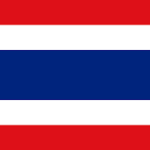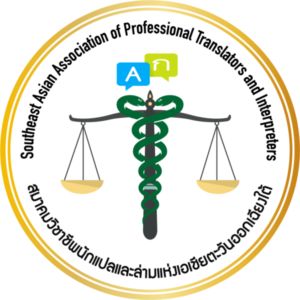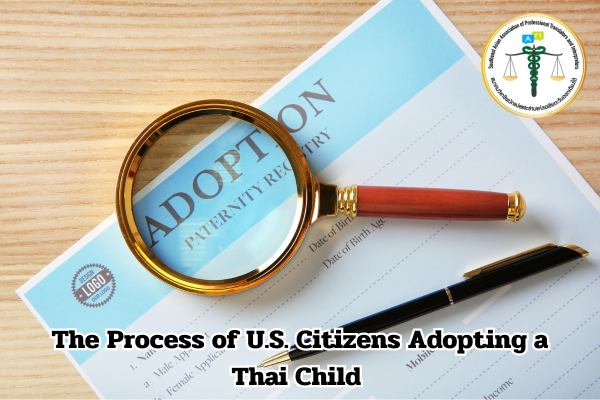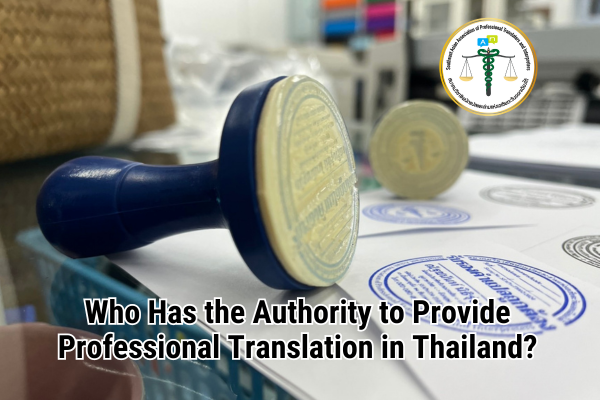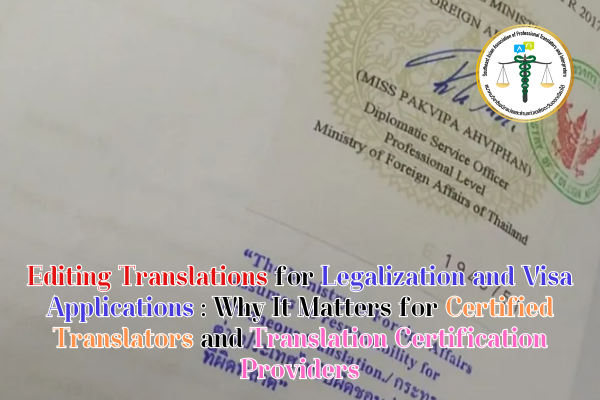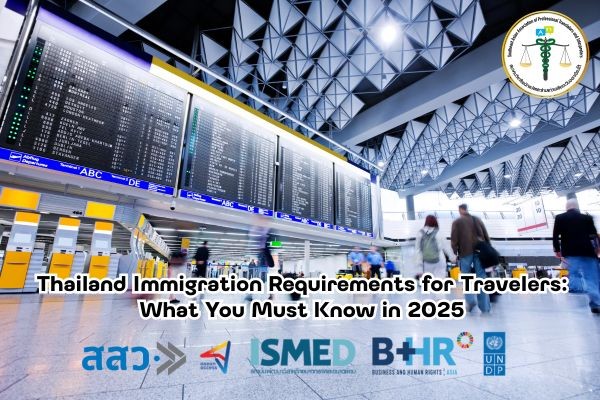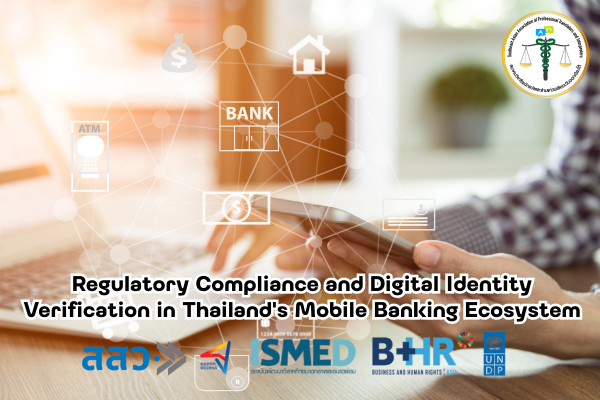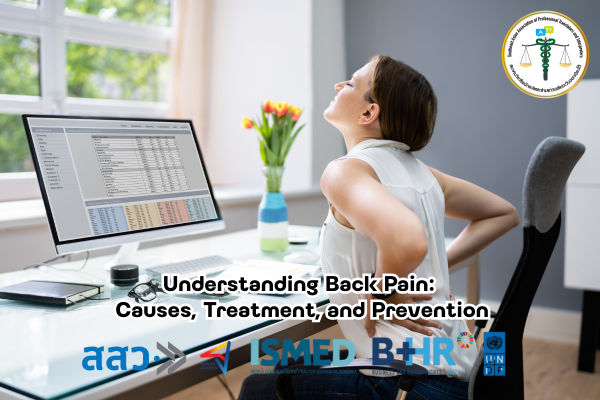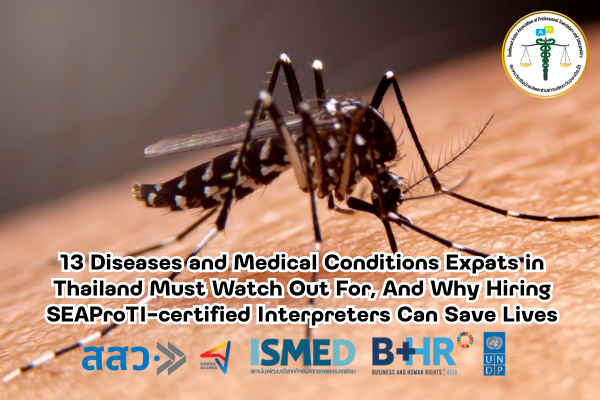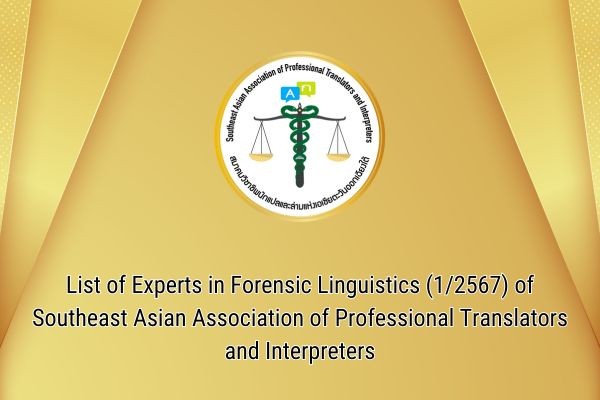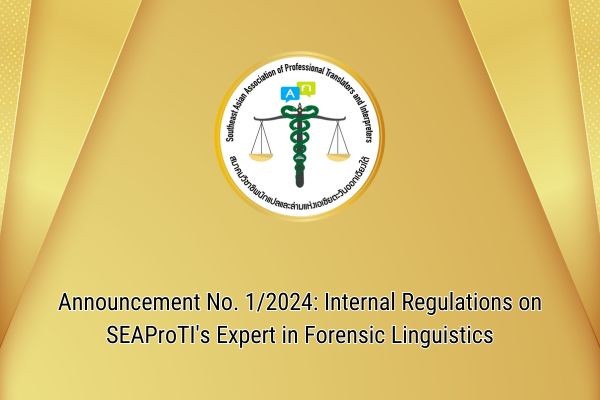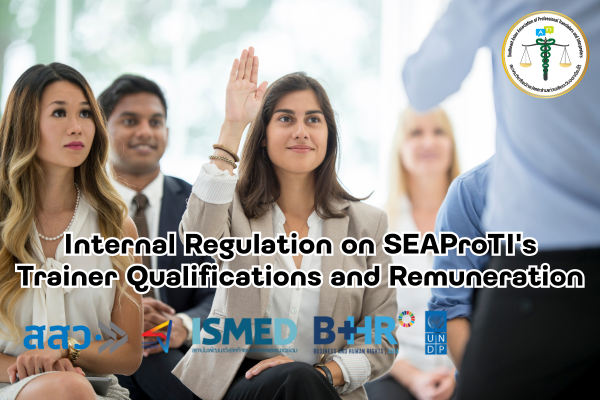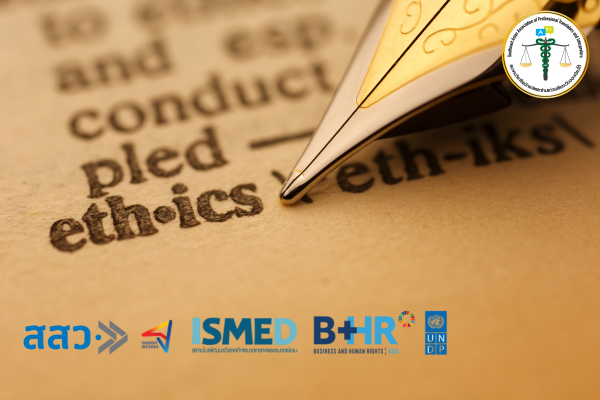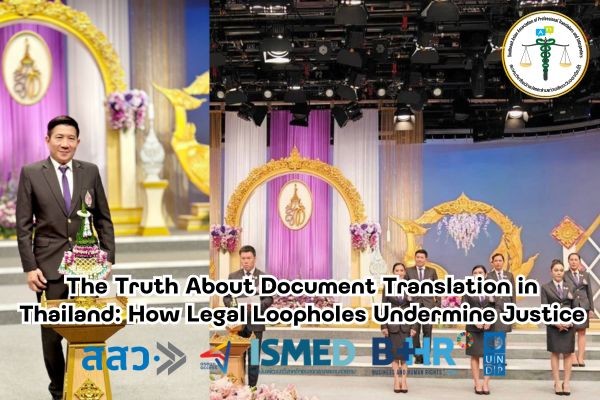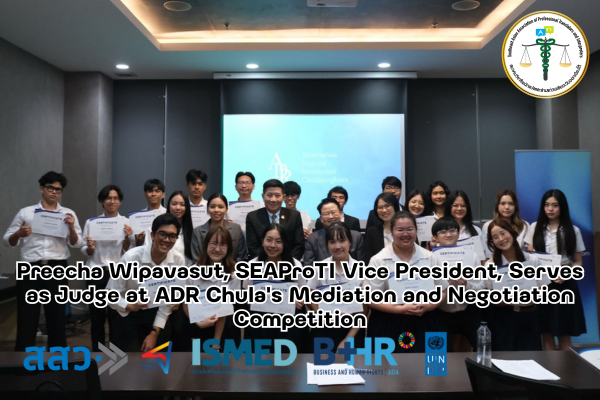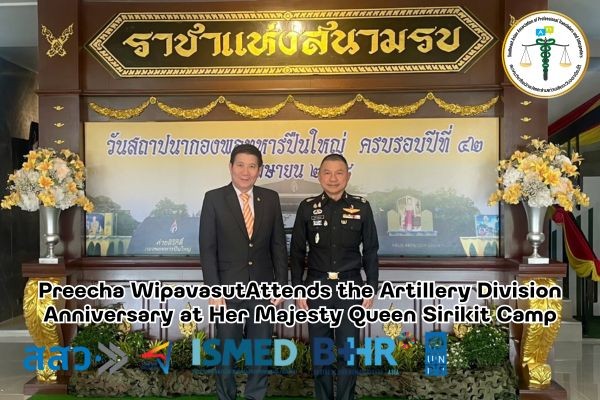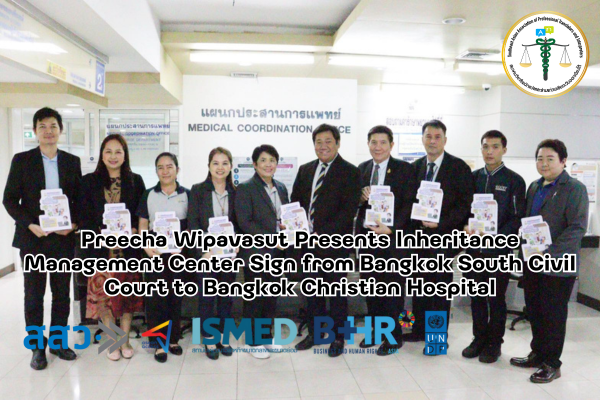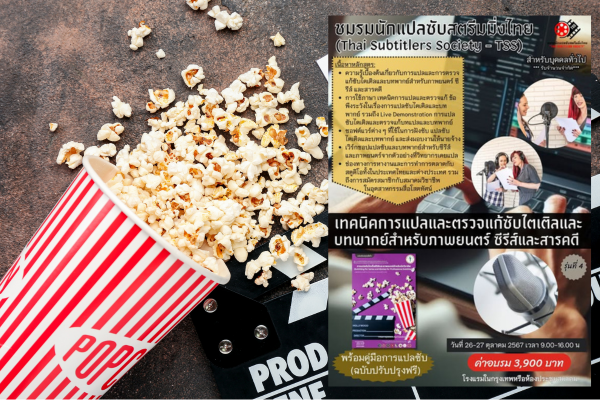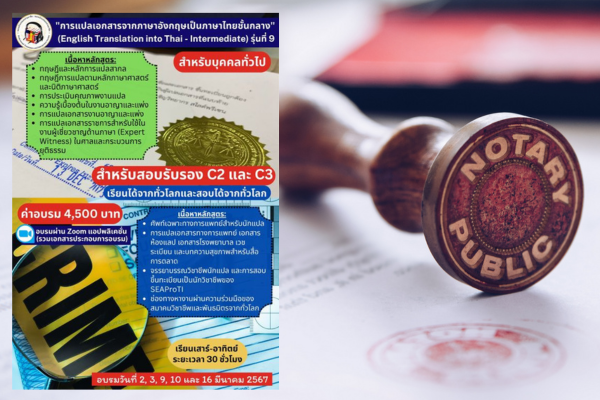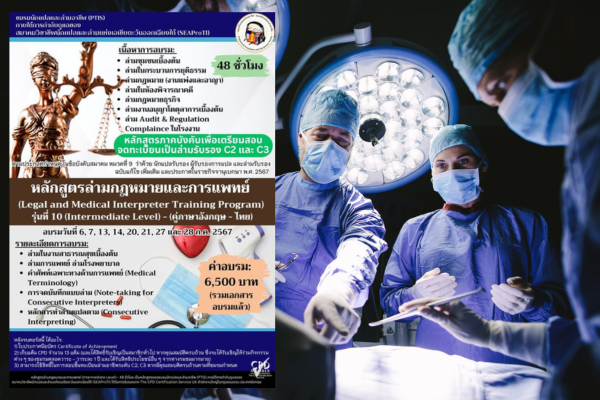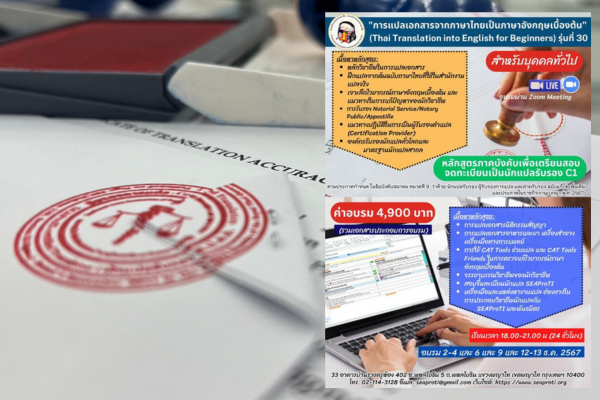The Process of U.S. Citizens Adopting a Thai Child
Introduction to Intercountry Adoption
30 January 2025, Bangkok – Adopting a Thai child as a U.S. citizen requires adherence to the Hague Convention on Protection of Children and Co-operation in Respect to Intercountry Adoption, a legal framework both the U.S. and Thailand are signatories to. This agreement ensures that the adoption process respects the rights and welfare of the child and complies with the legal requirements of both countries.
Step 1: Choosing an Accredited Adoption Service Provider
The first step in the adoption process is to choose an accredited adoption service provider. In Thailand, there are four accredited private agencies, in addition to the Thai Department of Social Development and Welfare (DSDW). U.S. citizens can search for accredited adoption service providers on the U.S. Department of State’s website (Travel.State.Gov Adoption Service Provider Search).
Step 2: Applying to be Found Eligible to Adopt
Once an adoption service provider is selected, the adoptive parents must submit Form I-800A (Application for Determination of Suitability to Adopt a Child in Thailand) to U.S. Citizenship and Immigration Services (USCIS). This form verifies that the parents meet U.S. legal requirements for adoption from a Hague Convention country. Once approved, USCIS forwards the information to the Thai adoption service provider for review under Thai law.
Step 3: Being Matched with a Child
After both U.S. and Thai authorities have determined the parents are eligible, the adoption service provider in Thailand will present a “referral” with details of a child who may be available for adoption. This referral includes the child’s photographs, social history, and a health report. The parents can ask additional questions or decide whether to proceed with adopting this child.
Step 4: Petitioning for the Child’s Eligibility for Adoption
Once the parents decide to proceed, they must file Form I-800 (Petition to Classify Convention Adoptee as an Immediate Relative) with USCIS, along with the child’s social history and health report. If any visa ineligibilities are present, a waiver application may also be necessary.
Step 5: Completing the Adoption and Gaining Legal Custody
After USCIS provisionally approves the petition, it is forwarded to the U.S. Department of State, which sends the case to the U.S. Embassy in Bangkok. The embassy will review the visa application and notify Thai authorities if the child is eligible for immigration to the U.S. The DSDW will then forward the case to the Thai Child Adoption Board (CAB) for an interview. After this interview, the adoption can be finalized, or legal custody can be granted.
Step 6: Bringing the Child Home
Once the adoption is finalized or legal custody is obtained, the adoptive parents will need to apply for a new birth certificate for the child, listing the adoptive parents’ names. They will also apply for a Thai passport for the child and an immigrant visa at the U.S. Embassy in Bangkok. Once the visa is granted, the child can travel to the U.S.
The Role of Certified Translators, Translation Verifiers, and Interpreters
Assistance in Document Translation
Certified translators and translation verifiers from the Southeast Asia Professional Translators and Interpreters Association (SEAProTI) play a crucial role in the adoption process. They are responsible for accurately translating important legal documents such as adoption applications, agreements, the child’s social history, and health reports. These translations ensure that the documents are valid and legally accepted by authorities in both Thailand and the U.S.
Facilitating Communication during Interviews and Applications
Certified interpreters from SEAProTI are also vital during interviews and meetings with Thai and U.S. officials. Whether during interviews with the Thai Child Adoption Board or consular interviews at the U.S. Embassy, interpreters ensure clear and accurate communication. This is essential to prevent misunderstandings and ensure the parents fully understand the adoption process.
Assisting with the Visa Application Process
Certified interpreters also assist when adoptive parents are dealing with visa applications and other consular processes at the U.S. Embassy in Bangkok. Their role ensures that all legal proceedings are conducted smoothly and that the child’s transition from Thailand to the U.S. is seamless.
Conclusion: The Importance of Certified Professionals in the Adoption Process
Certified translators, translation verifiers, and interpreters from SEAProTI play an essential role in the adoption process by ensuring that legal documentation is accurately translated and communication is effective between all parties involved. Their expertise helps ensure that the adoption process complies with the legal frameworks of both Thailand and the U.S., and facilitates the smooth transition of the child into their new home. Through their work, SEAProTI professionals contribute to the successful and legally sound adoption of Thai children by U.S. citizens.
SEAProTI’s certified translators, translation certification providers, and certified interpreters:
The Southeast Asian Association of Professional Translators and Interpreters (SEAProTI) has officially announced the criteria and qualifications for individuals to register as “Certified Translators,” “Translation Certification Providers,” and “Certified Interpreters” under the association’s regulations. These guidelines are detailed in Sections 9 and 10 of the Royal Thai Government Gazette, issued by the Secretariat of the Cabinet under the Office of the Prime Minister of the Kingdom of Thailand, dated July 25, 2024, Volume 141, Part 66 Ng, Page 100.
To read the full publication, visit: the Royal Thai Government Gazette
กระบวนการรับเลี้ยงบุตรบุญธรรมจากประเทศไทยโดยพลเมืองสหรัฐฯ
การรับเลี้ยงบุตรบุญธรรมระหว่างประเทศ
30 มกราคม 2568, กรุงเทพมหานคร – การรับเลี้ยงบุตรบุญธรรมจากประเทศไทยโดยพลเมืองสหรัฐฯ จำเป็นต้องปฏิบัติตามกระบวนการที่กำหนดโดยอนุสัญญาฮากา (Hague Convention on Protection of Children and Co-operation in Respect to Intercountry Adoption) ซึ่งเป็นข้อตกลงระหว่างประเทศที่ทั้งสหรัฐฯ และประเทศไทยเป็นภาคี ข้อตกลงนี้มีเป้าหมายในการปกป้องสิทธิและสวัสดิภาพของเด็ก และให้กระบวนการรับเลี้ยงบุตรบุญธรรมเป็นไปตามข้อกำหนดทางกฎหมายของทั้งสองประเทศ
ขั้นตอนที่ 1: การเลือกผู้ให้บริการด้านการรับเลี้ยงบุตรบุญธรรมที่ได้รับการรับรอง
ขั้นตอนแรกในการรับเลี้ยงบุตรบุญธรรมคือการเลือกผู้ให้บริการด้านการรับเลี้ยงบุตรบุญธรรมที่ได้รับการรับรองในประเทศไทย ปัจจุบันประเทศไทยมีหน่วยงานที่ได้รับการรับรองจำนวน 4 แห่ง รวมถึงกรมพัฒนาสังคมและสวัสดิการ (DSDW) ของไทย พลเมืองสหรัฐฯ สามารถค้นหารายชื่อผู้ให้บริการที่ได้รับการรับรองได้จากเว็บไซต์ของกระทรวงการต่างประเทศสหรัฐฯ (Travel.State.Gov Adoption Service Provider Search)
ขั้นตอนที่ 2: การยื่นคำขอเพื่อให้ได้รับการรับรองสิทธิในการรับเลี้ยงบุตรบุญธรรม
หลังจากเลือกผู้ให้บริการแล้ว ผู้ปกครองที่ต้องการรับเลี้ยงบุตรบุญธรรมจะต้องยื่นฟอร์ม I-800A (Application for Determination of Suitability to Adopt a Child in Thailand) ต่อสำนักงานตรวจคนเข้าเมืองของสหรัฐฯ (USCIS) เพื่อขอให้มีการตรวจสอบว่าผู้ปกครองมีคุณสมบัติที่ตรงตามกฎหมายของสหรัฐฯ ในการรับเลี้ยงบุตรบุญธรรมจากประเทศที่เป็นภาคีของอนุสัญญาฮากา เมื่อได้รับการอนุมัติแล้ว USCIS จะส่งข้อมูลไปยังผู้ให้บริการด้านการรับเลี้ยงบุตรบุญธรรมในประเทศไทยเพื่อตรวจสอบว่า ผู้ปกครองสามารถรับเลี้ยงบุตรบุญธรรมได้ตามกฎหมายของไทย
ขั้นตอนที่ 3: การจับคู่กับเด็ก
เมื่อทั้งสองฝ่ายตรวจสอบแล้วพบว่าผู้ปกครองมีคุณสมบัติที่เหมาะสม ผู้ให้บริการด้านการรับเลี้ยงบุตรบุญธรรมในประเทศไทยจะจัดหาข้อมูลเด็กที่จะรับเลี้ยง ซึ่งจะมีภาพถ่าย ประวัติทางสังคม และรายงานสุขภาพของเด็กให้แก่ผู้ปกครอง ผู้ปกครองสามารถสอบถามข้อมูลเพิ่มเติมหรือจะตัดสินใจว่าต้องการรับเลี้ยงเด็กคนนี้หรือไม่
ขั้นตอนที่ 4: การยื่นคำร้องเพื่อให้เด็กมีคุณสมบัติในการรับเลี้ยงบุตรบุญธรรม
หากผู้ปกครองตัดสินใจที่จะดำเนินการต่อไป ผู้ปกครองจะต้องยื่นฟอร์ม I-800 (Petition to Classify Convention Adoptee as an Immediate Relative) ต่อ USCIS พร้อมกับประวัติทางสังคมและรายงานสุขภาพของเด็ก หากมีข้อสงสัยเกี่ยวกับการไม่สามารถขอวีซ่าได้ อาจต้องยื่นคำร้องขอการยกเว้น
ขั้นตอนที่ 5: การทำการรับเลี้ยงบุตรบุญธรรมและการได้รับสิทธิ์ทางกฎหมายในการดูแลเด็ก
เมื่อ USCIS ทบทวนและอนุมัติเอกสารแล้ว จะส่งไปยังกระทรวงการต่างประเทศของสหรัฐฯ และไปยังสถานทูตสหรัฐฯ ที่กรุงเทพฯ เพื่อทำการตรวจสอบคำขอวีซ่า สถานทูตจะตรวจสอบและแจ้งให้หน่วยงานการรับเลี้ยงบุตรบุญธรรมของไทยทราบหากเด็กมีคุณสมบัติในการเข้าเมืองไปยังสหรัฐฯ จากนั้นกรมพัฒนาสังคมและสวัสดิการจะส่งเรื่องไปยังคณะกรรมการรับเลี้ยงบุตรบุญธรรม (CAB) ของไทยเพื่อสัมภาษณ์ผู้ปกครอง หลังจากสัมภาษณ์เสร็จสิ้น ผู้ปกครองสามารถทำการรับเลี้ยงบุตรบุญธรรมหรือได้รับสิทธิ์ทางกฎหมายในการดูแลเด็กได้
ขั้นตอนที่ 6: การพาเด็กกลับบ้าน
หลังจากการรับเลี้ยงบุตรบุญธรรมเสร็จสมบูรณ์หรือได้รับสิทธิ์ทางกฎหมายในการดูแลเด็ก ผู้ปกครองจะต้องยื่นขอใบเกิดใหม่ที่มีชื่อของผู้ปกครองลงในใบเกิด พร้อมกับขอหนังสือเดินทางของเด็กและขอวีซ่าอิมมิเกรชั่นที่สถานทูตสหรัฐฯ ในกรุงเทพฯ เมื่อเด็กได้รับวีซ่าแล้ว เด็กสามารถเดินทางไปยังสหรัฐฯ ได้
บทบาทของนักแปลรับรอง ผู้รับรองการแปล และล่ามรับรองในการรับเลี้ยงบุตรบุญธรรม
การแปลเอกสาร
นักแปลรับรองและผู้รับรองการแปลจากสมาคมวิชาชีพนักแปลและล่ามแห่งเอเชียตะวันออกเฉียงใต้ (SEAProTI) มีบทบาทสำคัญในการแปลเอกสารที่จำเป็นในกระบวนการรับเลี้ยงบุตรบุญธรรม เอกสารต่างๆ เช่น คำขอรับเลี้ยงบุตรบุญธรรม ข้อตกลง ประวัติทางสังคมของเด็ก และรายงานสุขภาพจะต้องได้รับการแปลอย่างถูกต้องเพื่อให้เอกสารเหล่านี้มีความถูกต้องตามกฎหมายและได้รับการยอมรับจากหน่วยงานที่เกี่ยวข้องในทั้งสองประเทศ
การช่วยในการสื่อสารระหว่างสัมภาษณ์และการยื่นคำขอ
ล่ามรับรองจาก SEAProTI ยังมีบทบาทสำคัญในระหว่างการสัมภาษณ์กับหน่วยงานของไทยและสหรัฐฯ เช่น เมื่อผู้ปกครองไปสัมภาษณ์กับคณะกรรมการรับเลี้ยงบุตรบุญธรรมของไทยหรือในการสัมภาษณ์ที่สถานทูตสหรัฐฯ ล่ามรับรองจะช่วยให้การสื่อสารระหว่างผู้ปกครองและเจ้าหน้าที่เป็นไปอย่างชัดเจนและถูกต้อง ซึ่งช่วยป้องกันความเข้าใจผิดและทำให้ผู้ปกครองเข้าใจกระบวนการรับเลี้ยงบุตรบุญธรรมได้เต็มที่
การช่วยในกระบวนการขอวีซ่า
ล่ามรับรองยังมีบทบาทในการช่วยให้การขอวีซ่าสำหรับเด็กและกระบวนการขอวีซ่าต่างๆ ที่สถานทูตสหรัฐฯ ในกรุงเทพฯ เป็นไปได้อย่างราบรื่น การมีล่ามรับรองช่วยให้กระบวนการทั้งหมดเป็นไปอย่างถูกต้องและมีประสิทธิภาพ
สรุป: ความสำคัญของมืออาชีพในการแปลและการแปลเอกสารในกระบวนการรับเลี้ยงบุตรบุญธรรม
นักแปลรับรอง ผู้รับรองการแปล และล่ามรับรองจาก SEAProTI มีบทบาทสำคัญในการช่วยให้กระบวนการรับเลี้ยงบุตรบุญธรรมระหว่างประเทศดำเนินไปอย่างราบรื่น โดยช่วยในการแปลเอกสารให้ถูกต้องและช่วยในการสื่อสารที่ชัดเจนระหว่างผู้ปกครองและหน่วยงานต่างๆ สิ่งนี้ทำให้การรับเลี้ยงบุตรบุญธรรมเป็นไปตามกฎหมายของทั้งสองประเทศ และช่วยให้เด็กสามารถเดินทางไปสู่ชีวิตใหม่ในสหรัฐฯ ได้อย่างถูกต้องและราบรื่น
เกี่ยวกับนักแปลรับรอง ผู้รับรองการแปล และล่ามรับรองของสมาคมวิชาชีพนักแปลและล่ามแห่งเอเชียตะวันออกเฉียงใต้
สมาคมวิชาชีพนักแปลและล่ามแห่งเอเชียตะวันออกเฉียงใต้ (SEAProTI) ได้ประกาศหลักเกณฑ์และคุณสมบัติผู้ที่ขึ้นทะเบียนเป็น “นักแปลรับรอง (Certified Translators) และผู้รับรองการแปล (Translation Certification Providers) และล่ามรับรอง (Certified Interpreters)” ของสมาคม หมวดที่ 9 และหมวดที่ 10 ในราชกิจจานุเบกษา ของสำนักเลขาธิการคณะรัฐมนตรี ในสำนักนายกรัฐมนตรี แห่งราชอาณาจักรไทย ลงวันที่ 25 ก.ค. 2567 เล่มที่ 141 ตอนที่ 66 ง หน้า 100 อ่านฉบับเต็มได้ที่: นักแปลรับรอง ผู้รับรองการแปล และล่ามรับรอง
